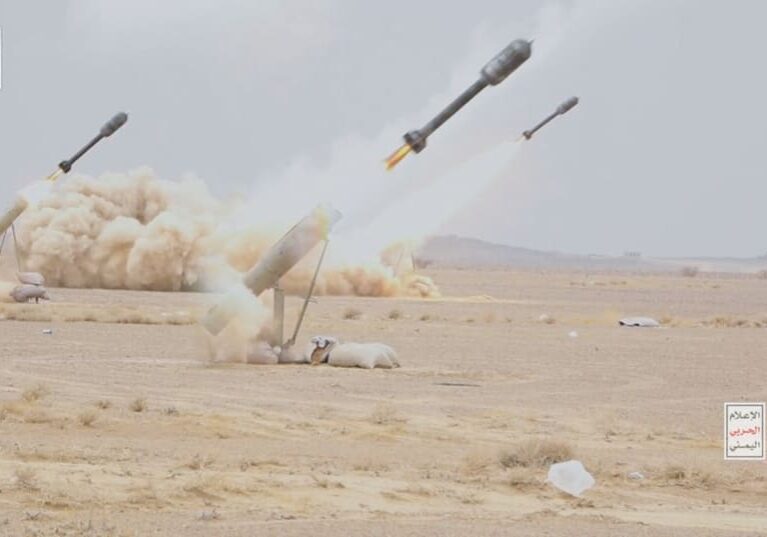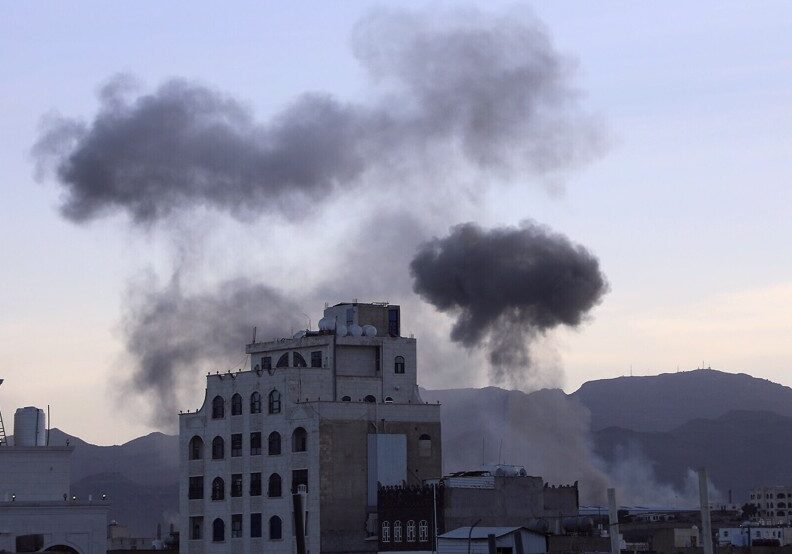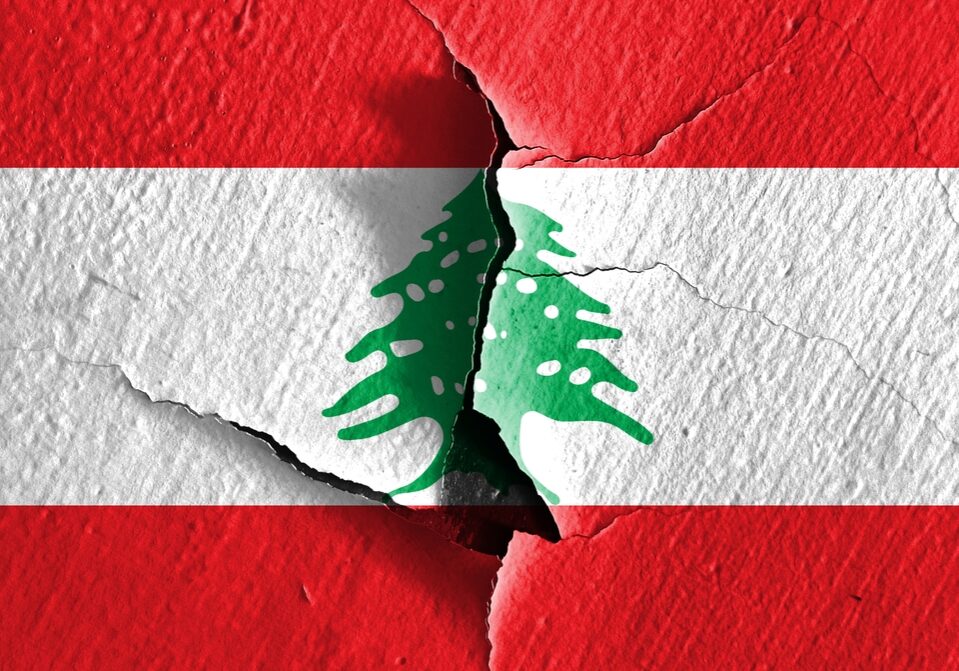Australia/Israel Review
Scribblings: Pictures do lie
Sep 1, 2006 | Tzvi Fleischer
Pictures do lie
 |
 |
| Familiar face: this woman was presented as having just lost her home on two separate occasions, two weeks apart |
One of the eye-opening outcomes of the Lebanon conflict was the degree of exposure of dubious practices in photojournalism that it led to. Headlines were made in the Reuters scandal, whereby a freelance photographer for Reuters, Adnan Hajj, was found to have digitally altered some of his pictures to make them more dramatic, and was fired.
But the blogosphere, the collection of amateur internet commentators who caught out Hajj before the story reached the mainstream press, has actually uncovered several other prima facie cases of misconduct involving wire service photographs or captions from Lebanon. To list just some of them:
• The posing of pictures of bodies being pulled from the rubble at Qana by rescue workers, apparently admitted by the chief rescue worker, Salam Daher, who is associated with Hezbollah. Published video shows Daher even pulling bodies out of ambulances so that more and better photos can be taken of them.
• The alleged placement of children’s toys, a Koran, a wedding dress and other items in the scene before taking photos of damaged buildings to make for more dramatic images.
• Cars and ambulances captioned as having been damaged by Israeli missiles, when the damage does not appear to be consistent with this.
• The same women standing in front of the same destroyed building in two separate photos on July 22 and Aug. 5. In the captions for both photos, the building is identified as the woman’s home destroyed the previous night. In another case, a Beirut building is identified in captions on three separate photos as having been destroyed on the evening before July 18, July 24 and Aug. 5.
• A case where a man is identified as a rescue worker in one photo, but the same man is subsequently shown being carried out of a destroyed building, identified as a dead victim.
• A reputable news photographer, Bryan Denton, attesting that he witnessed “one case where a group of wire photogs [sic] were choreographing the unearthing of bodies, directing emergency workers here and there, asking them to position bodies just so, even remove bodies that have already been put in graves so that they can photograph them in peoples arms” and that this was “not an isolated incident.”
Meanwhile, journalists have also attested that most of the pictures and footage taken from the small portion of Beirut that was heavily damaged was taken under the strict control of Hezbollah minders, who only allowed filming of what they wished filmed. Moreover, there have been some admissions of fear by journalists about endangering themselves with coverage Hezbollah doesn’t like. Time magazine’s Christopher Allbritton wrote that “To the south, along the curve of the coast, Hezbollah is launching Katyushas, but I’m loathe to say too much about them. The Party of God has a copy of every journalist’s passport, and they’ve already hassled a number of us and threatened one.”
The point of all this is not that there is any conspiracy but that if pictures don’t lie, they can deceive and be manipulated, and it’s pretty clear almost all of the manipulation from Lebanon was to incline viewers to be more critical of Israel than they might otherwise have been. Partly this is because photographers and camera-men (especially freelancers) have incentives to sensationalise, but also partly because of political agendas which may affect some local employees in societies with limited experience of a free and neutral media.
As Prof. David D. Perlmutter, Associate Dean for Graduate Studies & Research at the University of Kansas’ School of Journalism, noted concerning these revelations, “Local stringers and visiting anchors alike seem to have succumbed either to lens-enabled Stockholm syndrome or accepted being the uncredited Hezbollah staff photographer so as to be able to file stories and images in militia-controlled areas.”
The good news about the alleged journalistic misconduct from Lebanon is at least some light is being shed on something that is not really a new phenomenon in wire service reporting the Middle East, but one that has been an ignored reality for many years. Jerusalem Post Arab affairs reporter Khaled Abu Toameh explained, “Sadly, things like this happen a lot, especially when your local fixers are openly affiliated and have a clear agenda.” He added that some of the Arab stringers and freelancers contracted by Western media outlets are “people who see themselves as foot soldiers for the cause.”
![]()
Tags: Lebanon






